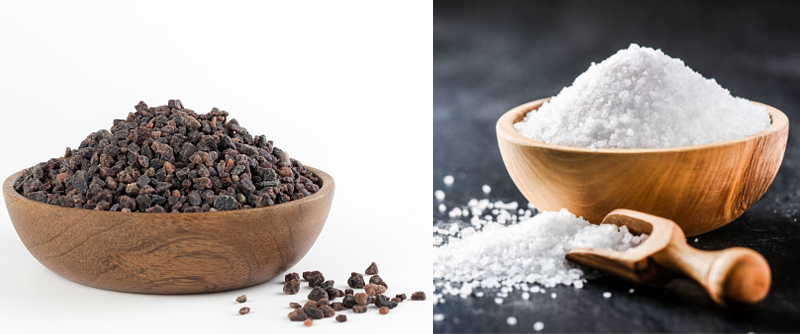Is Black Salt Better than Regular Salt? Uses and Health Benefits
Is Black Salt Better than Regular Salt? Uses and Health Benefits

Benefits of Black Salt?
The uses of Natural Black Salt:
- Black salt is extensively used in various dishes and street foods.
- Black salt helps enhance the flavour of chaat thanks to its in-depth flavor profile.
Here are some of the health benefits of natural black salt:
Low sodium levels
May contain fewer additives
These are some of the found and established benefits of black salt. You can buy a pack of Natural tattva Black Salt right here.

